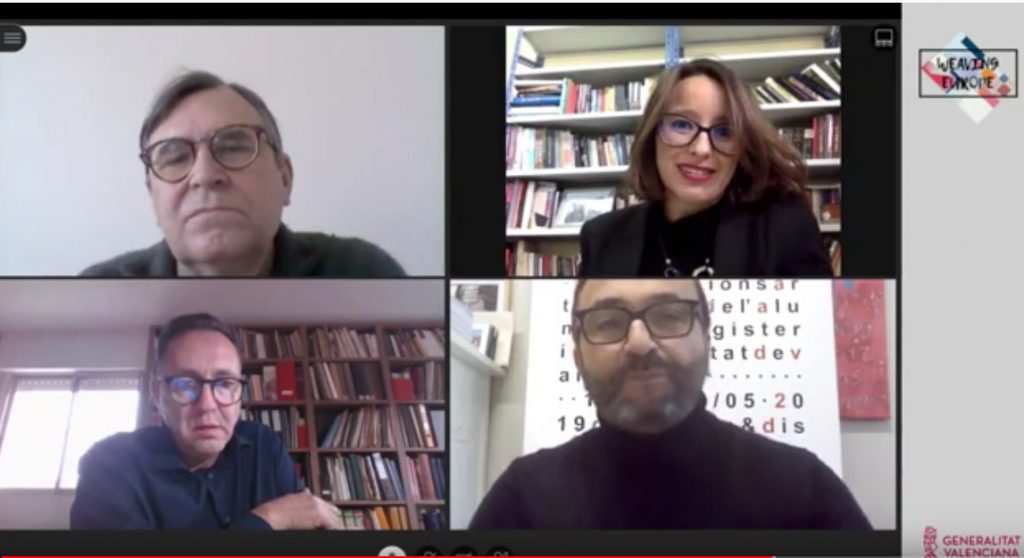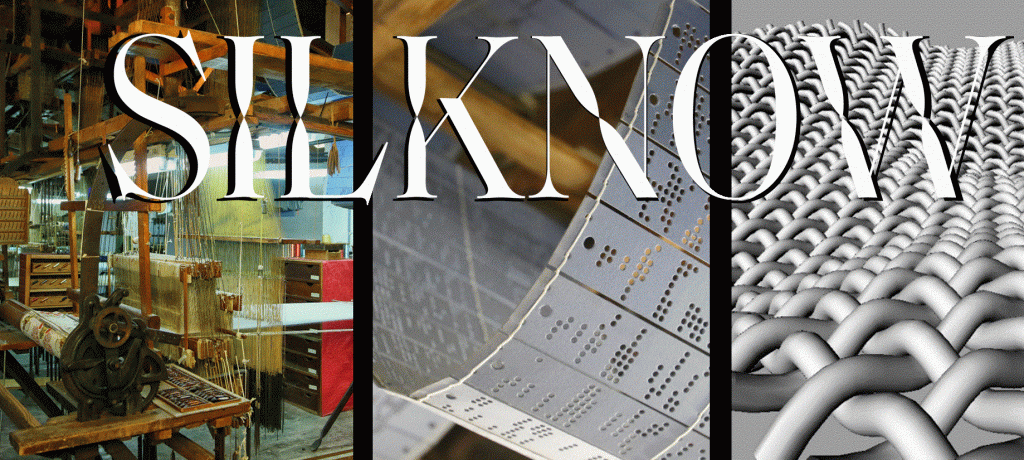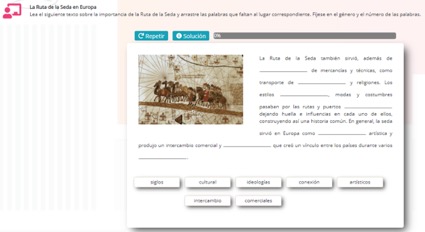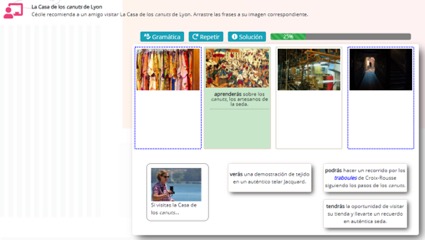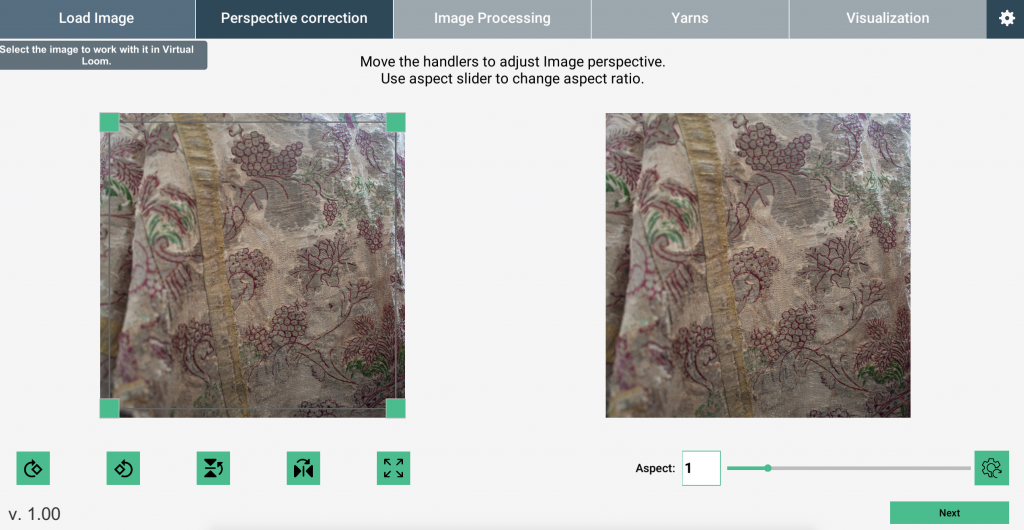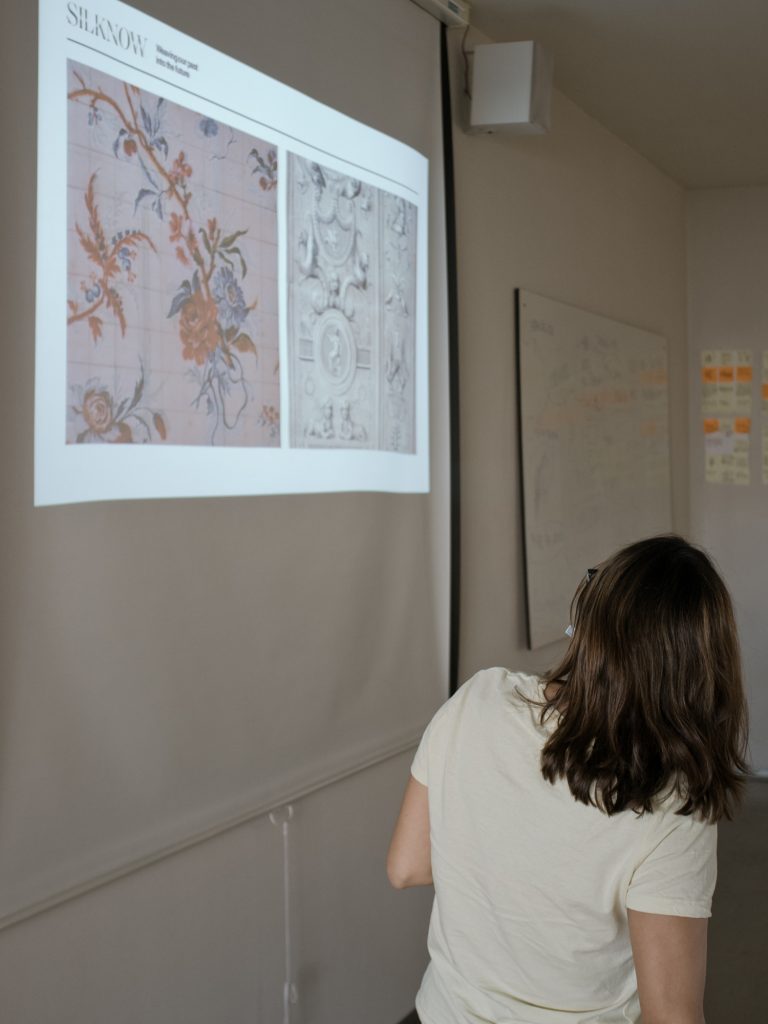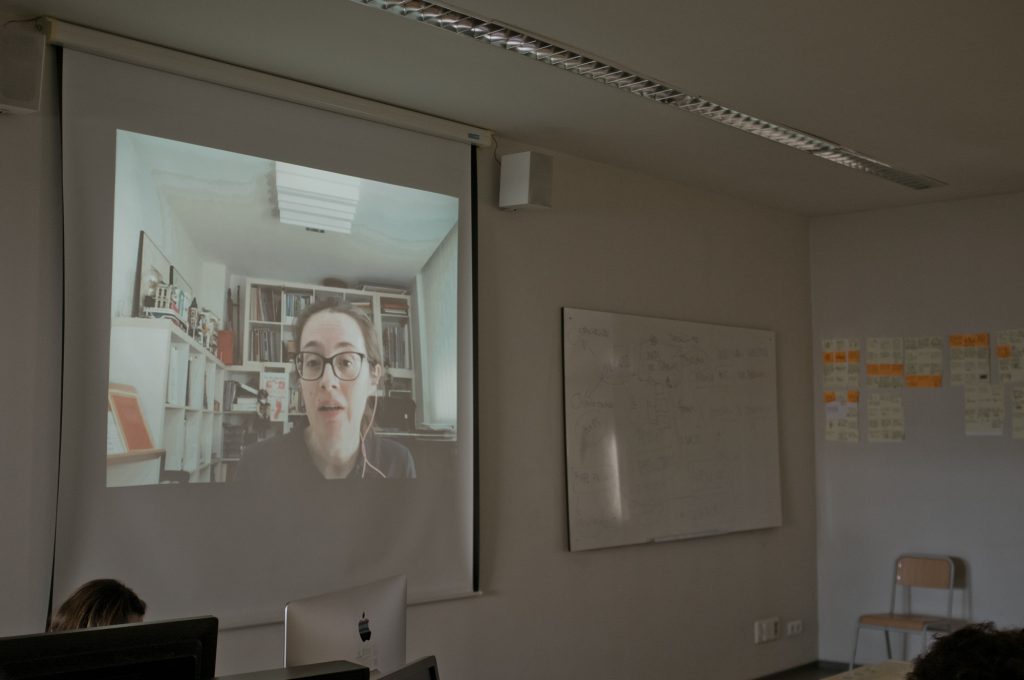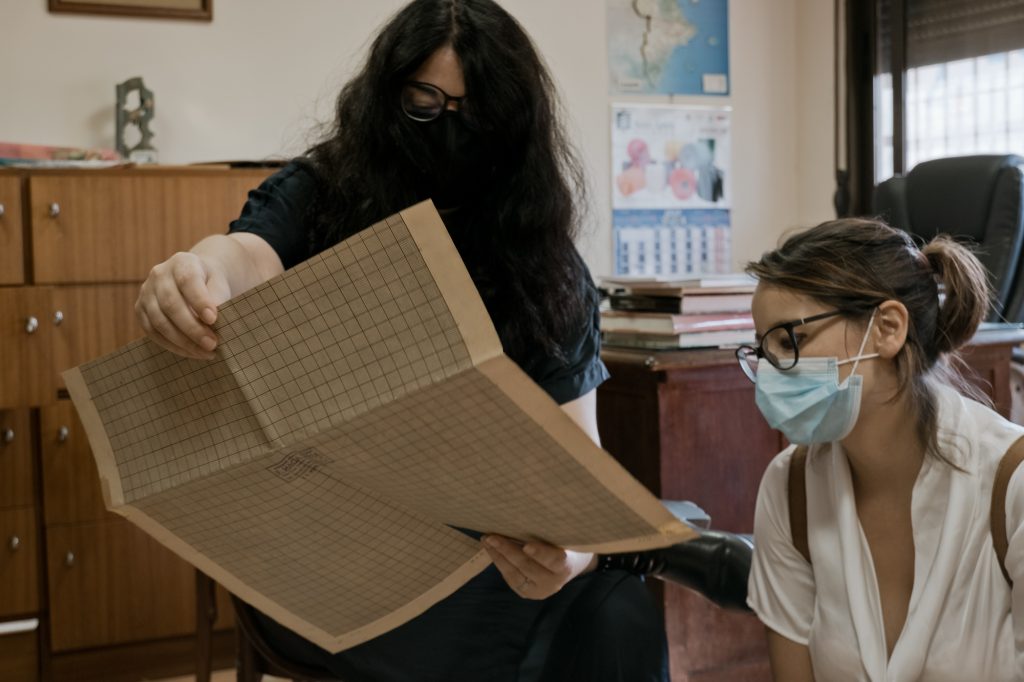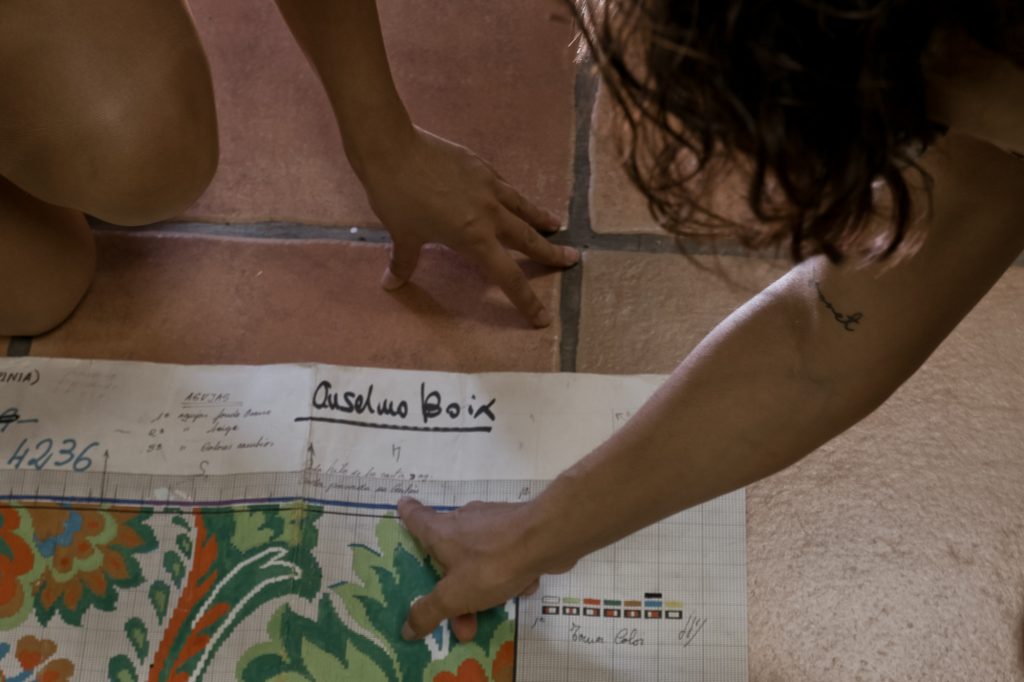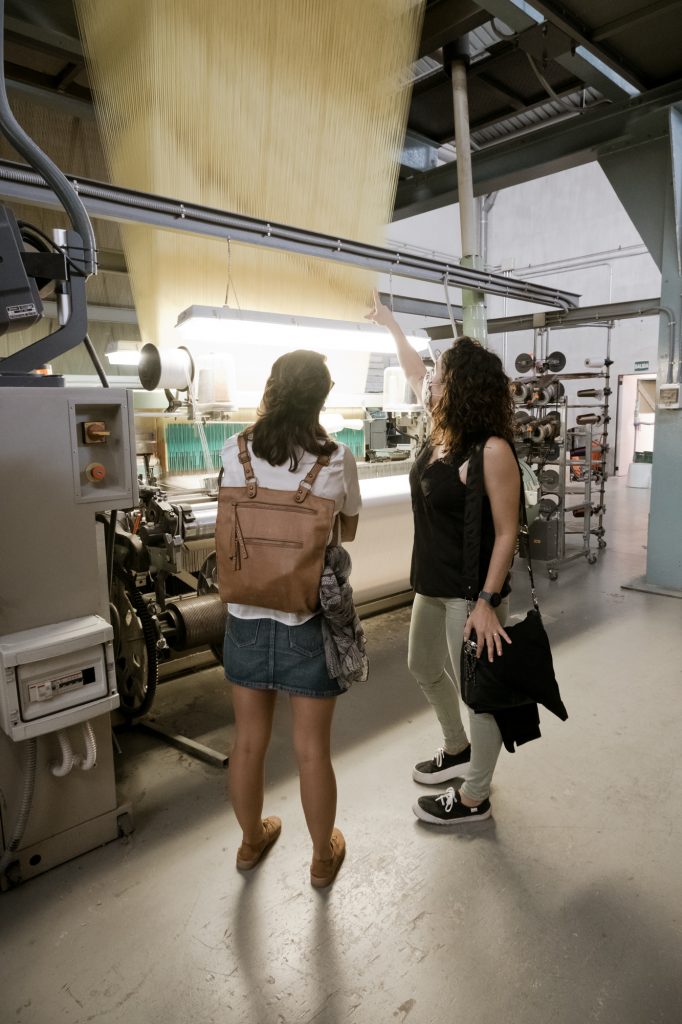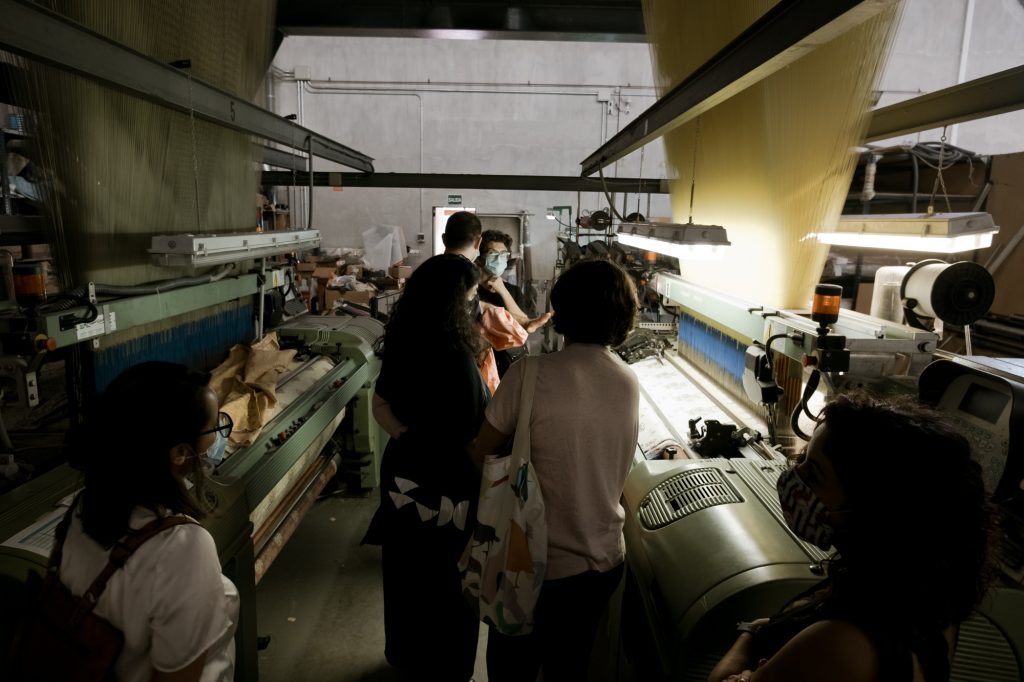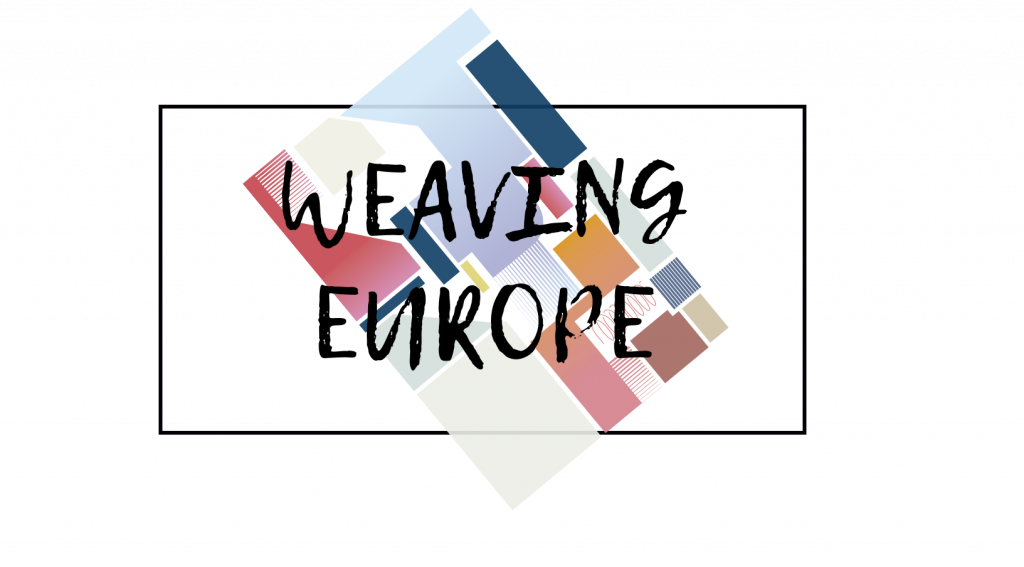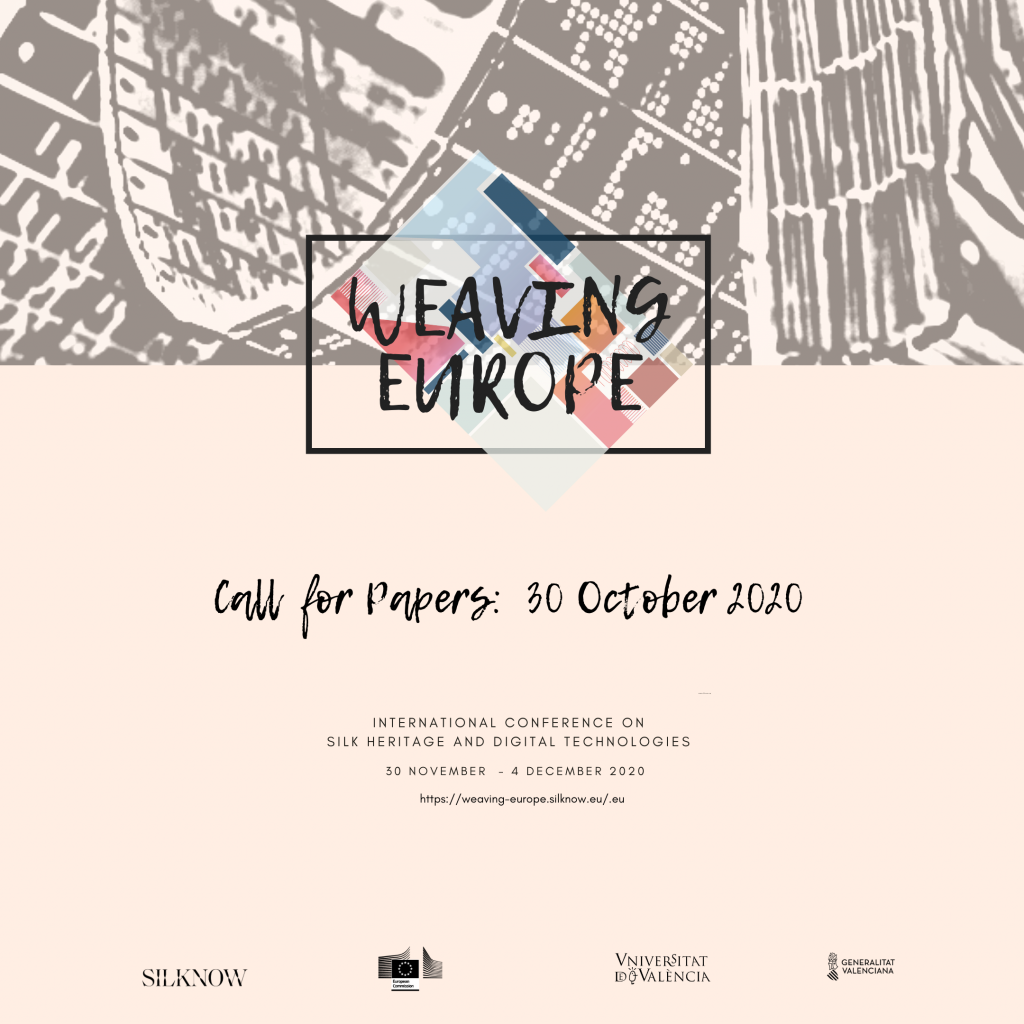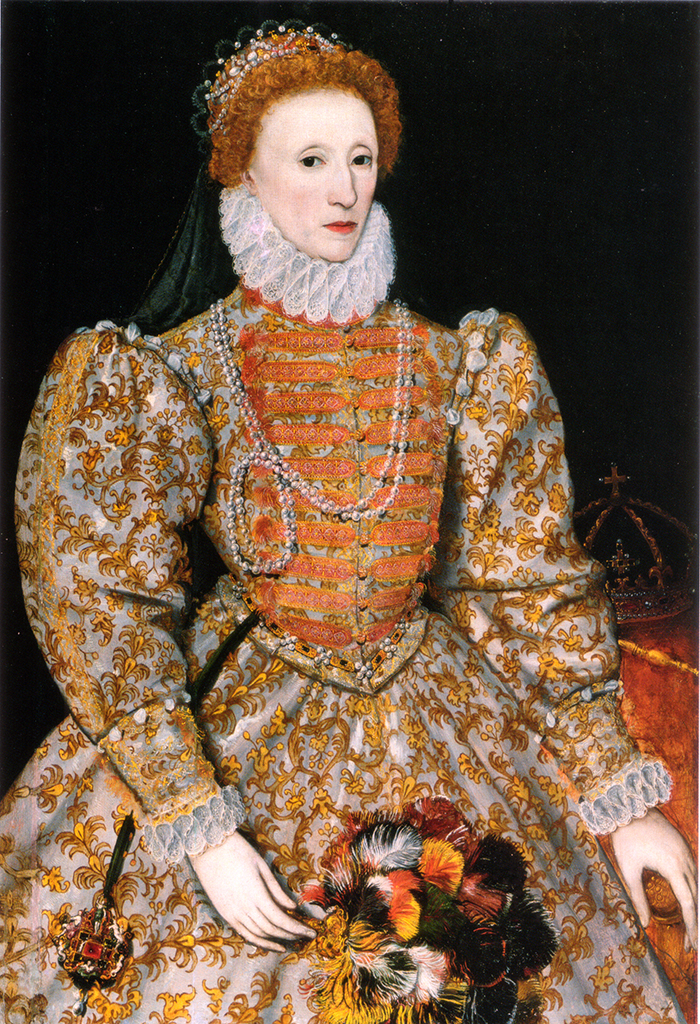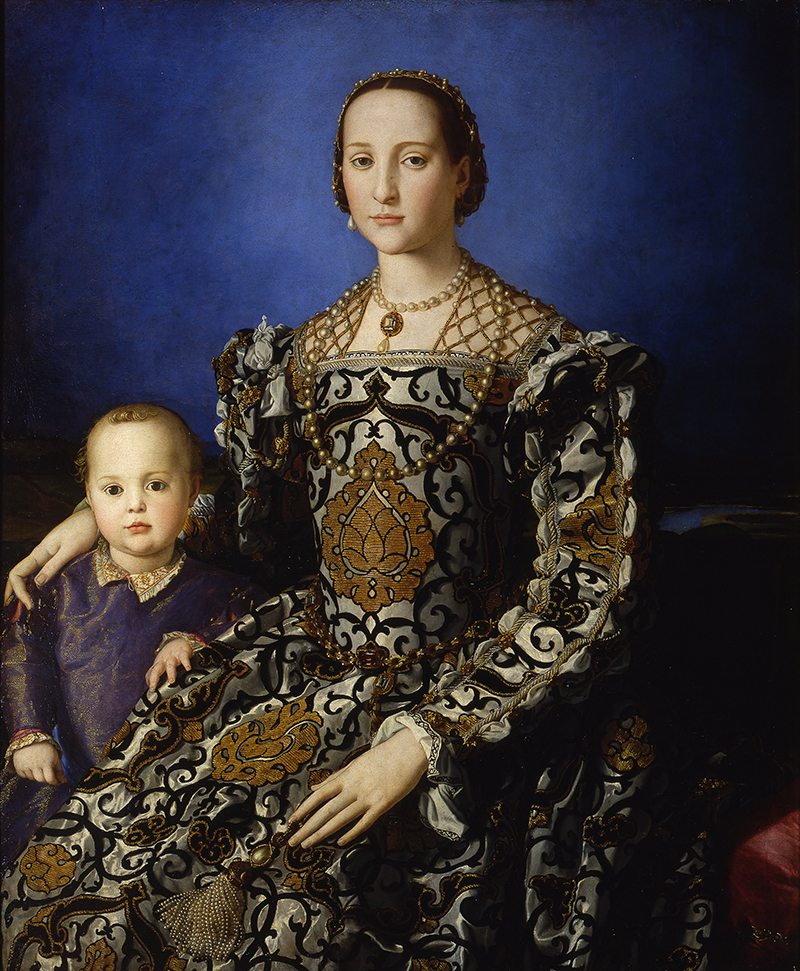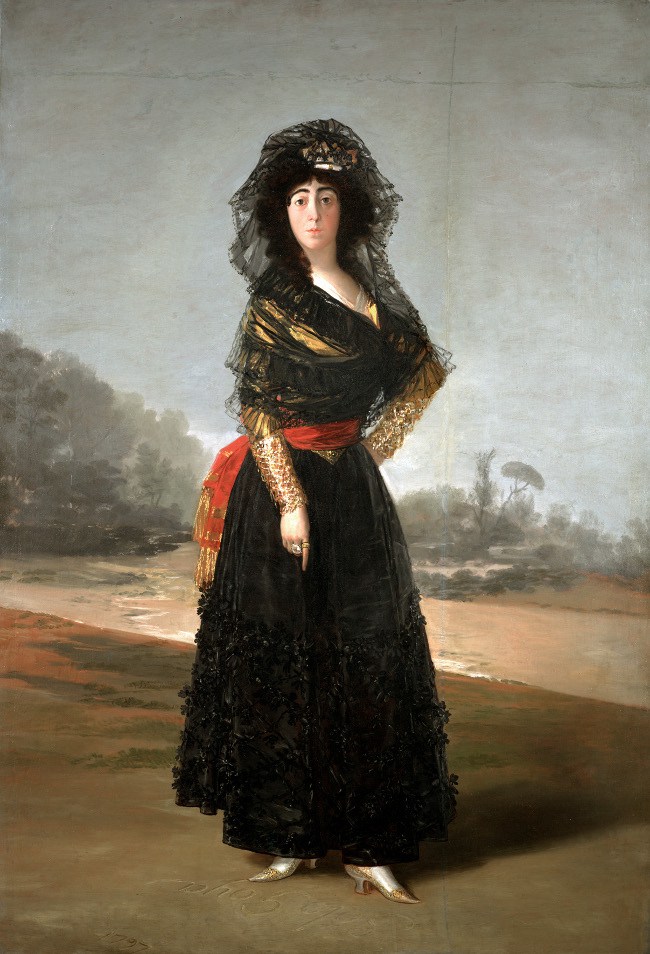The University of Valencia (Universitat de València), a SILKNOW Project partner, organized from 30th November to 4th December 2020 the congress “Weaving Europe. Online International Conference on Silk heritage and Digital Technologies“.
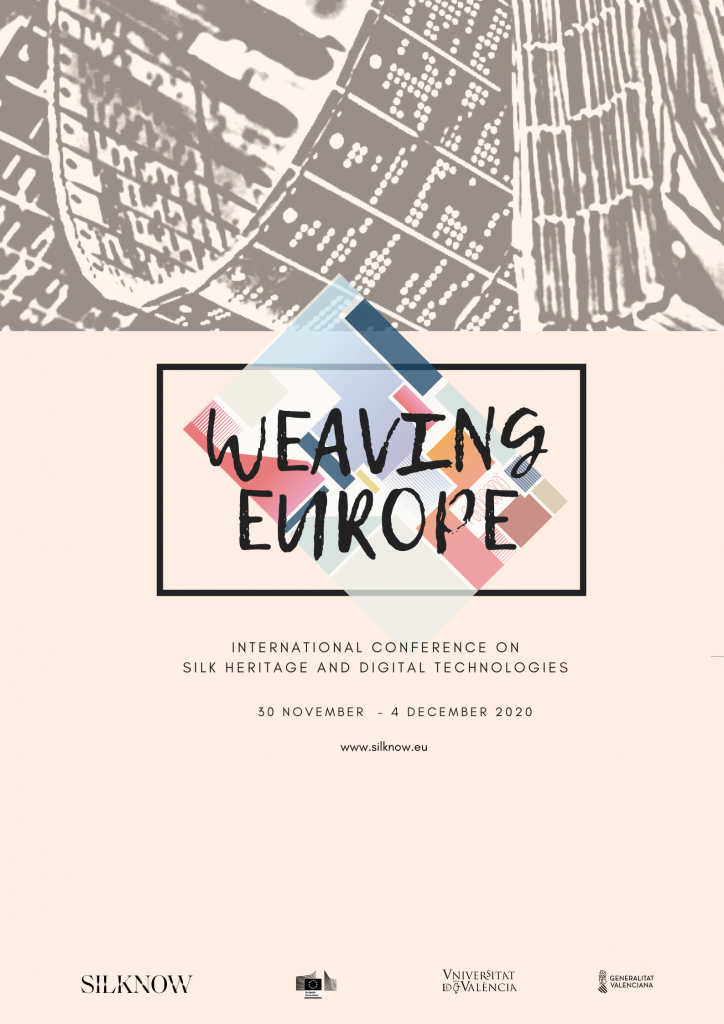
The organization of this conference was shared with all the other partners of the European Project SILKNOW, and entirely sponsored by the Conselleria d’Innovació, Universitats, Ciència i Societat Digital, from the valencian autonomous government, Generalitat Valenciana. (Science, Universities & Digital Innovation Department).
For 5 days, technicians, experts, researchers, students and creatives gathered, in a virtual way, in a meeting focused on silk heritage, its conservation and restoration, its digitization, about information technologies (ICT), tourism, creative industries, social innovation and communication of textile heritage.
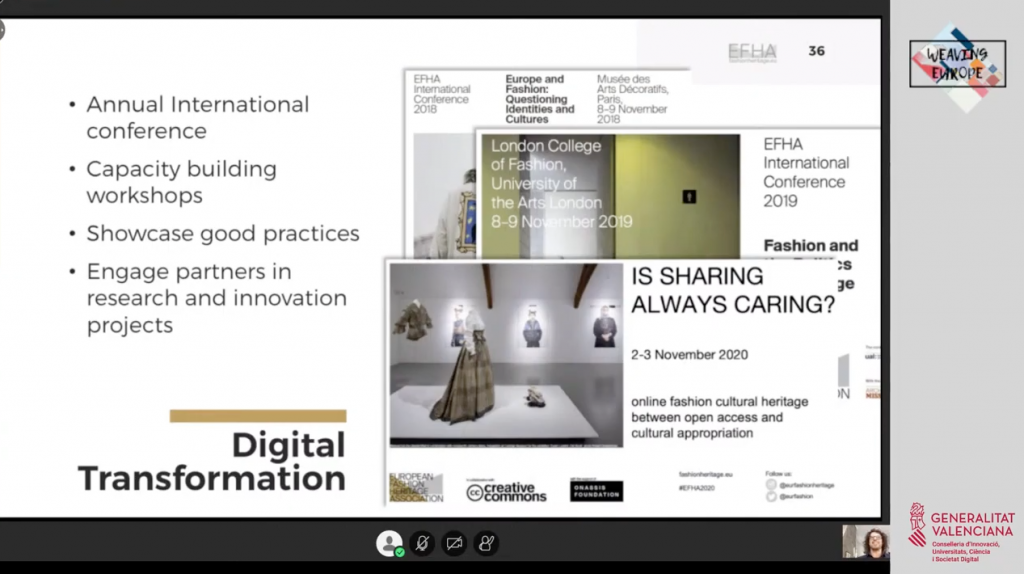
After few months of an open call for papers, a sum of fifteen communications were selected, which were presented in four simultaneous panels during one of the main days of the meeting.
Registration for the congress was very well received, with more than 150 registered people during the days in which the conferences were held.
Due to the COVID-19 socio-sanitary circumstances, the conference organization made up for the virtual modality, facilitating the participation of more than 50 speakers. All these virtual sessions have been recorded on video, for later dissemination, thus allowing their subsequent viewing.
In addition, the authors will see their presentations published in a proceedings book, which will be available both printed & digital.
